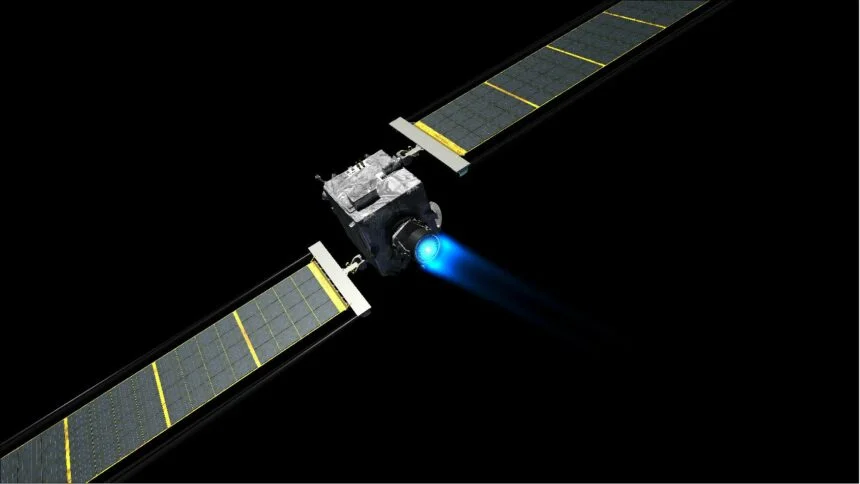The DART mission was the first mission ever carried out for planet defense, serving as a full-scale proof of diversion technology. The mission was the first occasion in human history that a celestial object in space had its motion purposefully altered.
Dimorphous orbited its larger parent asteroid Didymos for 11 hours and 55 minutes before the collision. Researchers measured how Dimorphos’ orbit changed upon collision using floor telescopes.
“We must all take action to safeguard our world” Bill Nelson, the administrator of NASA, observed, “After all, it is the only one we possess.” This mission demonstrates NASA’s ongoing efforts to be prepared for whatever the universe may bring. NASA has shown that we are committed to protecting the environment. This is a turning point for planetary security and all of humanity, showing the dedication of NASA’s world-class team and partners.
Dimorphos orbited Didymos, its bigger parent asteroid, for 11 hours and 55 minutes before DART’s collision. Astronomers have been measuring how much that time has shifted using telescopes on Earth ever before DART’s deliberate collision with Dimorphos on September 26. The study team has now determined that the impact shorted Dimorphos’ orbit around Didymos from 11 hours and 55 minutes to 11 hours and 23 minutes. The error bar for this measurement is roughly plus or minus two minutes.
NASA had established a minimum successful orbit period shift of 73 seconds or more for Dimorphos before the impact. Early statistics indicate that DART outperformed this minimum criterion by a factor of more than 25.
The DART team said that even though neither Dimorphos nor Didymos are dangerous to Earth, the double-asteroid cluster was the ideal place to test deflection technologies.
According to Lori Glaze, head of NASA’s Planet Science Division, “humans have modified the orbit of a planetary object for the first time ever.”
Astronomers will be better equipped to determine whether and how a mission like DART could’ve been utilized in the coming times to assist defend Earth from a collision with an asteroid if we ever discover one heading our way as new data is received every day.












